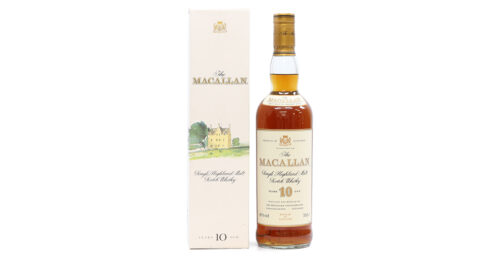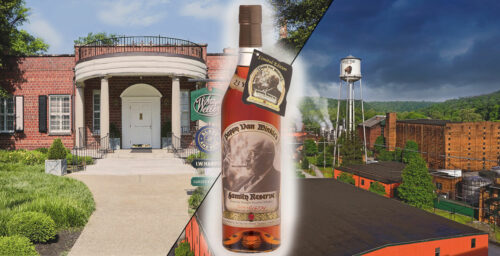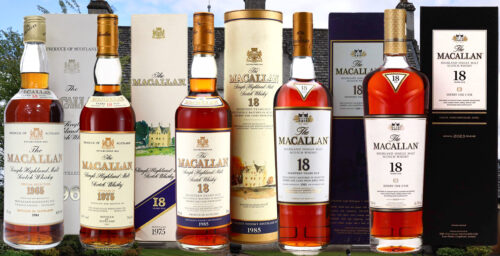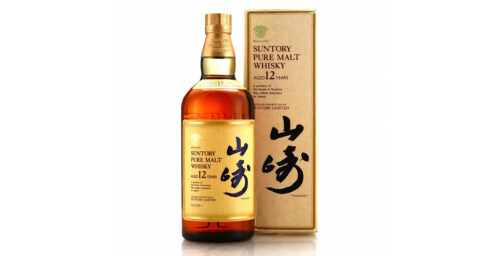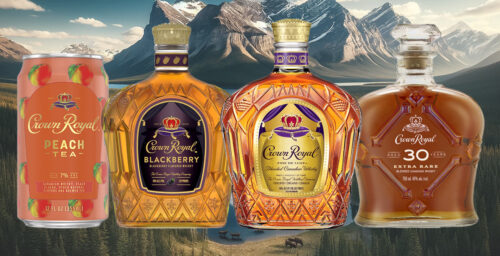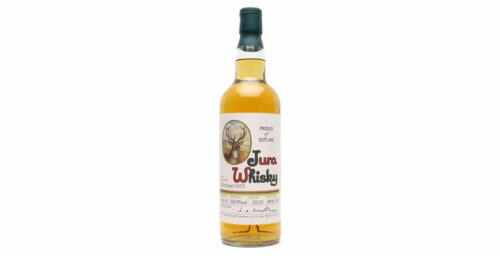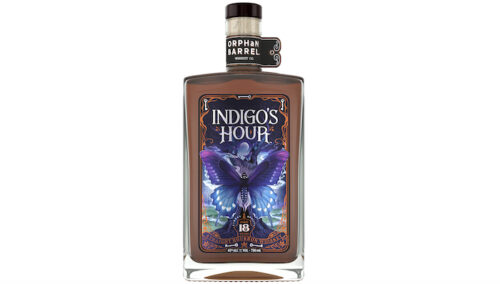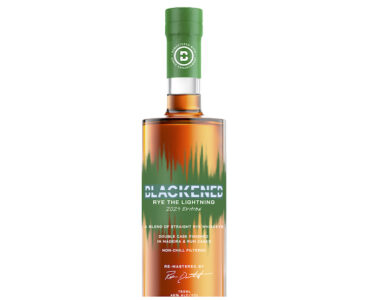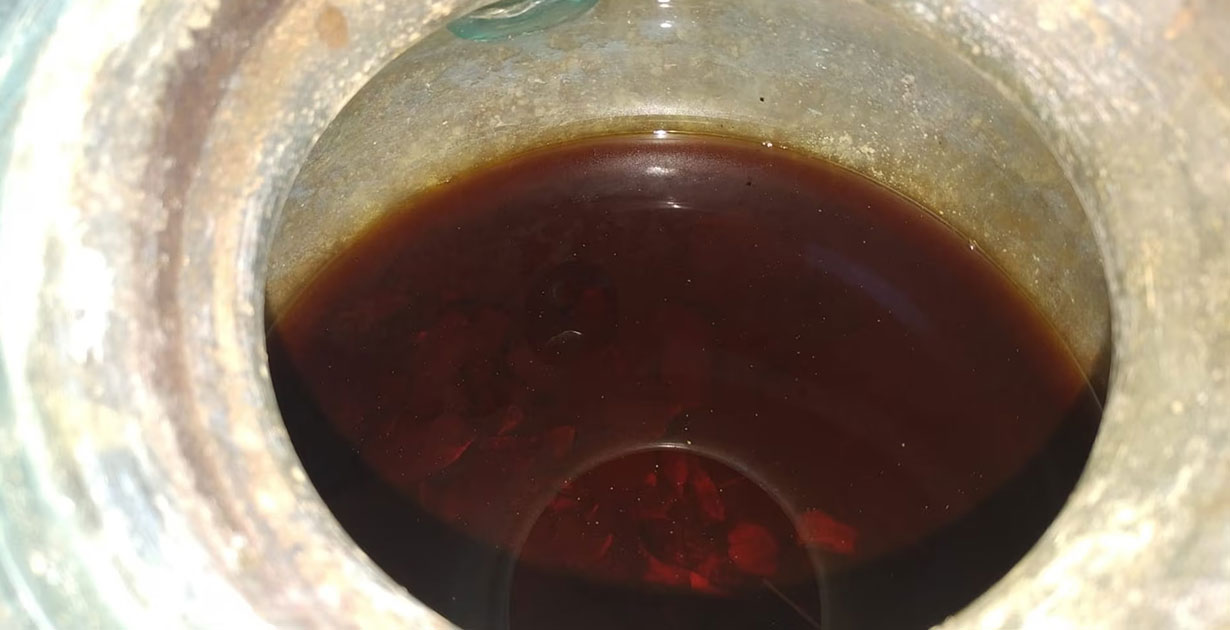
Many whisky and wine drinkers certainly appreciate a bit of age to their liquid. Much like whiskey, wine matures and develops new flavor profiles with time spent in the barrel. However, as a wine drinker myself, I think I would probably be hesitant to try a wine that has been slumbering underground for 2,000 years.
Well, there is a wine that has been doing just that. Over the weekend, the Journal of Archaeological Science published a report detailing the makeup of a reddish-brown liquid found in a Roman funeral urn in 2019. As it turns out, this liquid has been confirmed as the oldest wine ever discovered.
When a family in Carmona, Southwestern Spain, was doing some construction work on their home in 2019, they were shocked to discover a sunken Roman tomb on their land. They immediately ceased work and called in archaeologists to excavate the site.
The archaeologists were stunned to find that the site hadn’t been looted, unlike many similar sites. As such, the tomb provides a unique and undisturbed look into ancient Roman burial practices.
Inside the tomb were eight burial niches, six of which were filled with urns made from limestone, sandstone, lead, or glass. Inside the urns were the cremated remains of six Roman men. Additionally, inside one of the urns, was a glass flask containing the 2,000 year old liquid. Also inside were the remains of one of the six men and a gold ring displaying the Roman god, Janus.
The Oldest Wine Ever Discovered
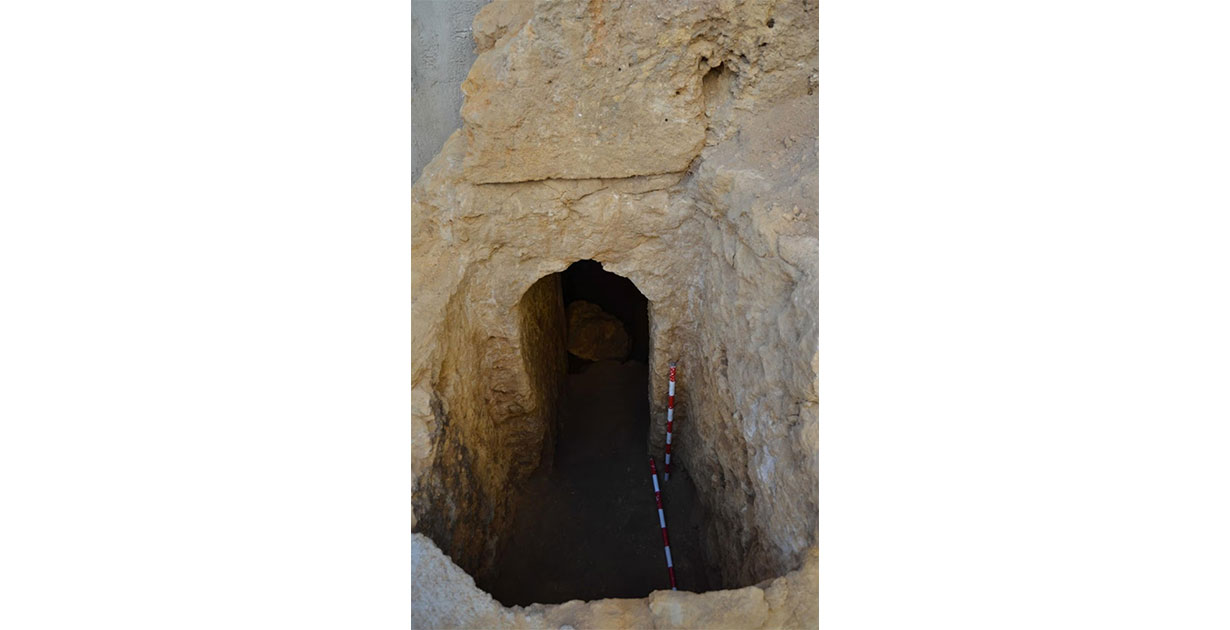
Experts at the University of Córdoba took on the testing and examination of the sherry-like wine, which they say would have been locally made.
Firstly, the researchers established that the liquid was not the result of condensation or flooding. Then, the PH of the liquid was tested and came as 7.5, close to that of water. It also contained chemicals consistent with wine.
One of the chemists, José Rafael Ruiz Arrebola, told The Guardian: “We looked for biomarkers, which are chemical compounds that unequivocally tell you what a particular substance is. In this case, we looked for polyphenols exclusively from wine – and we found seven wine polyphenols. We compared those polyphenols with those from wines from this part of Andalucía – and they matched. So that confirmed it was wine. The next thing to do was to establish whether it was a white wine or a red wine.”
The liquid in the urn was a reddish-brown color. However, this does not prove that it is red wine. As the wine has been sleeping away underground for an estimated 2,000 years, there are potential chemical reactions that cannot be accounted for.
So, to figure out whether the wine was white or red, chemists tested for syringic acid. This acid forms when the pigments in red wine break down over time. Finding no traces of this acid, researchers concluded that the liquid was made from white grapes.
Arrebola added: “The wine turned out to be quite similar to wines from here in Andalucía: Montilla-Moriles; sherry-type wines from Jerez, and manzanilla from Sanlúcar.”
Is The Wine Still Drinkable?
Technically, yes. It is drinkable. Arrebola, however, is hesitant (like me) to have a tipple. “It’s not in the least bit toxic – we’ve done the microbiological analysis. But I’d have qualms about that because this wine has spent 2,000 years in contact with the cremated body of a dead Roman. The liquid is a bit murky because of the bone remains. But I guess you could filter it and try it. I’d rather someone else tried it first, though.”
Prior to this historic discovery, the oldest known wine was found in Germany in 1867, believed to be made around 325 C.E.

